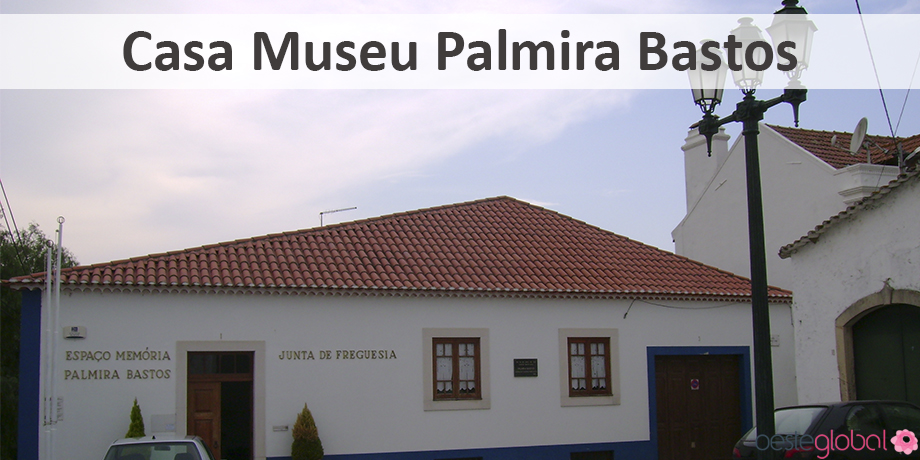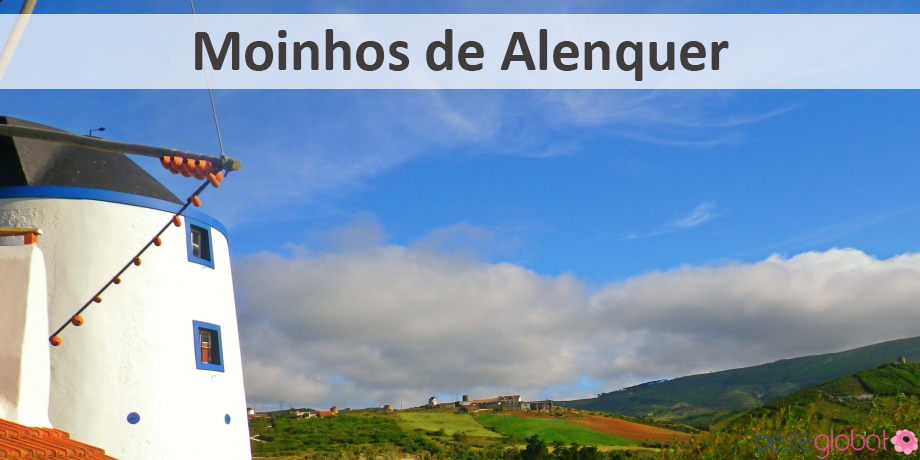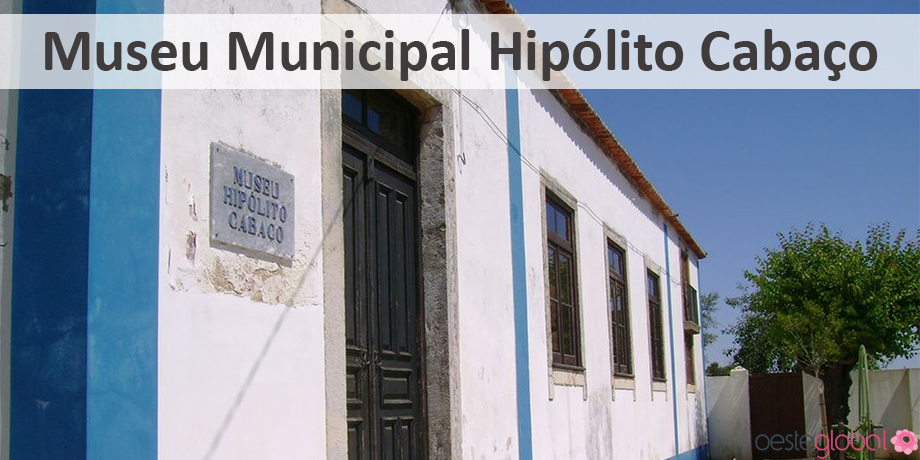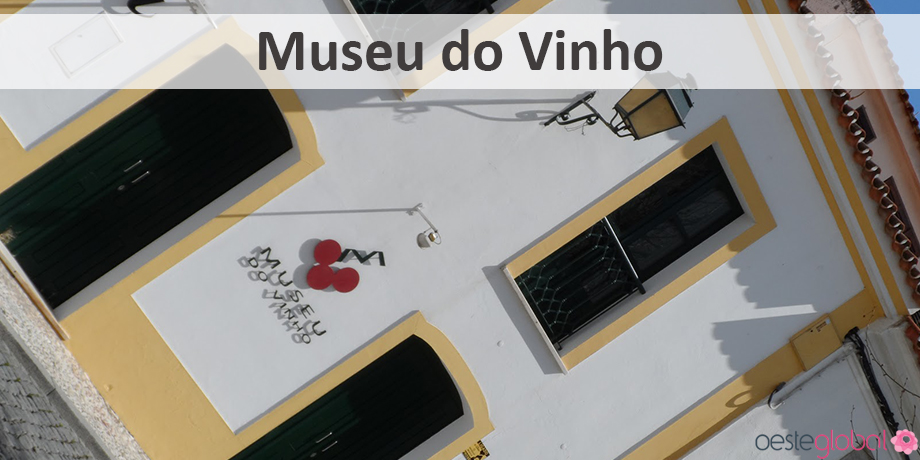Heritage in Alenquer
“Criou-me Portugal na verde, e cara Pátria minha Alenquer” – Luís de Camões
The Alenquer county played a role in every moment of the history of Portugal, in which traces remained both material and legends, memories, traditions and festivals, a rich heritage that gives the customs, history and culture of this county.
Over Alenquer municipality, the curious can enjoy a very varied architectural heritage, from the chapels, churches, farms, mansions and mills, which tell the history of this city, its people and its nature. And in order to honor this historical-cultural and religious heritage, Alenquer county offers four spaces that bring together an entire book value.
In the parish village Tendril, the board in collaboration with the Local Development Association Gavinha Village and the Municipality of Alenquer, the house where Palmira Bastos was rebuilt, and installed the headquarters of the joint and a museum that recalls the artistic past actress. On 27 February 2000, an exhibition was opened to the private parts, clothing and photographs of the actress, the opportunity to meet the Palmira Bastos path.
Wine Museum
Open since April 2006, this museum features, gives the taste and enables the acquisition of the best wines of the region, with wines 20 Products Association Routes of the Lisbon wines. This museum also has an exhibition on the evolution of techniques and tools related to wine production, wine tasting, among other promotional activities. Located in Alenquer, in Areal, the neighborhood where Gois Damian grew, this museum is accompanied by the Royal Public Granary, which saved the seed that allowed the aid to local farmers, after the French invasion; Da Breastplate Tower, under which rises one of the most important sources of Alenquer Village and the Royal Paper Factory, which now is called grinding.
Museum João Mário
This space was opened in 1992 in honor of the painter João Mário Ayres d`Oliveira, and currently has exposed 400 works of national and foreign artists. The painter João Mário Ayres d`Oliveira always expressed an interest in the plastic arts, devoting himself exclusively to oil painting. In 1993, the Municipality of Alenquer distinguish him with the medal of merit in grade gold. And in 2001, the National Society of Fine Arts awarded him its silver medal – the painter attended this organization, in painting and drawing courses under the guidance of teachers Albertino Guimarães and Domingos Rebelo, and later receives painting lessons master Alvaro Duarte Almeid – also awarded by the Association Centre Florence Historic, Italy, with the oscar della culture.
This museum is a large part of his works, in the rooms “My journey” and “João Mário today,” another room “Artists my friends” are exhibited works by artists such as Silva Porto, José Malhoa, Veloso Salgado, Helena Roque Gameiro among other figurative art. Already, the “Hall of Memory” room are exposed personal objects, photographs and other more intimate parts of the painter. In order to maintain the liveliness of this museum, it promotes in its auditorium talks “meeting on a Sunday afternoon,” where are discussed topics presented by guest speakers, aiming to be a cultural intervention space.
Municipal Museum Hipólito Cabaço
In the historic center of Alenquer, this museum is housed in the former class of Ferreira Conde, built in 1871, this building was the first to be opened in 120 schools of public education, established by will of meritorious Joaquim Ferreira dos Santos, Earl of Ferreira (1782-1866). the early years of the seventies of the twentieth century, this building is no longer an establishment of primary education.
In 1944, the Municipality of Alenquer, the contribution of the Extremadura province Board, manages to acquire the collection of Hippolytus Gourds, to this serve as background for future installation of the museum in the village. This estate consists of fifteen thousand objects, stored in the Tower House, Archaeologist residence, and later installations of the former Municipal Externato Damiao de Gois. However, this museum opening conditions were only achieved after one year of the April 25 Revolution in 1974, specifically on April 6, 1975, in which logic and didactic approach was possible.








